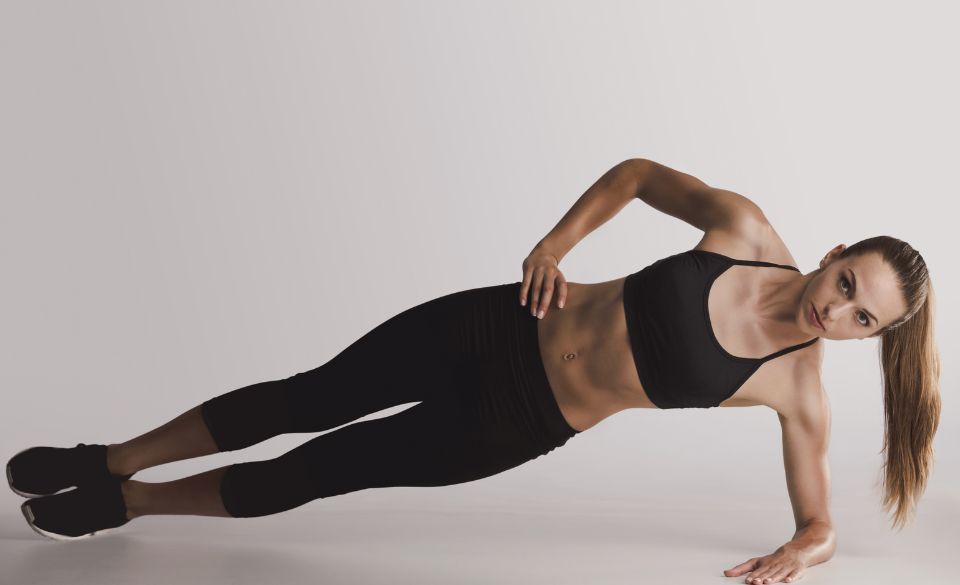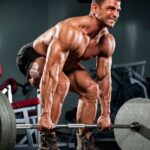
T-Planks: The Ultimate Guide To The Advanced Plank Variation
Page Contents
We all know how important it is to take care of our bodies, especially if we engage in activities that involve lifting heavy weights. One common problem that weightlifters face is shoulder pain, which is caused by a condition called weightlifter’s shoulder. In this blog post, we’ll be talking about how to prevent weightlifter’s shoulder by incorporating a T-plank exercise into your routine.
What Is A T-plank
A T-plank is a variation of the traditional plank exercise that involves adding a rotational movement to the exercise. The T-plank gets its name from the shape your body makes when you lift one arm off the ground, forming a “T” shape with your body.
T-planks target the core muscles, as well as the shoulders and hips, making it a great all-around workout. They also engage the obliques, which are responsible for rotational movements. By adding the rotation and arm lift, the T-plank challenges your balance and stability, making it a more advanced version of the traditional plank.
T-planks can be modified to suit different fitness levels. Beginners can start by holding a static plank position and gradually adding the rotational movement as they build strength and stability. Advanced exercisers can add a weight to the T-plank, such as a dumbbell or kettlebell, to increase the intensity of the exercise.
Difference Between A Normal Plank Vs T-plank:
While a normal plank is a great exercise for building core strength, it doesn’t target your shoulders as much as a T-plank does. By adding the rotation and arm lift, the T-plank engages your shoulders and helps strengthen the muscles in that area. Additionally, the T-plank also challenges your balance and stability, making it a more advanced version of the traditional plank.
How To Do A T-plank
Now that we understand the benefits of the T-plank, let’s learn how to do it correctly. Start by getting into a plank position with your forearms on the ground and your elbows aligned with your shoulders. Your body should be in a straight line from your head to your toes. From there, rotate your body to the left, lifting your left arm towards the ceiling. Hold this position for a few seconds before returning to the starting position. Repeat on the other side, lifting your right arm towards the ceiling. Aim to do 2-3 sets of 10-12 reps on each side.
Benefits of a T-Plank
1. Improved shoulder stability: Shoulder instability is a common problem among athletes, especially weightlifters. However, a study published in the Journal of Athletic Training found that performing exercises like T-planks can help improve shoulder stability and reduce the risk of injury. This is because T-planks target the rotator cuff muscles, which are responsible for stabilizing the shoulder joint.
2. Increased core strength: While traditional planks are great for building core strength, T-planks take it to the next level by adding a rotational element. This not only challenges your core muscles in a different way, but also engages the obliques, which are responsible for rotational movements.
3. Better balance and coordination: Because T-planks require you to rotate your body and lift one arm off the ground, they challenge your balance and coordination. A study published in the International Journal of Sports Physical Therapy found that incorporating balance exercises into a training program can improve balance and reduce the risk of falls, especially in older adults.
4. Reduced back pain: Many people experience back pain due to poor posture and weak core muscles. However, a study published in the Journal of Exercise Rehabilitation found that performing plank exercises can help improve posture and reduce back pain. T-planks, in particular, can help strengthen the muscles that support the spine, leading to better overall spinal health.
Conclusion
Incorporating the T-plank exercise into your routine is a great way to prevent weightlifter’s shoulder and build overall strength and stability. Remember to start slow and focus on proper form to avoid injury. With consistency and dedication, you’ll be able to add this advanced exercise to your fitness arsenal in no time. Happy planking!


